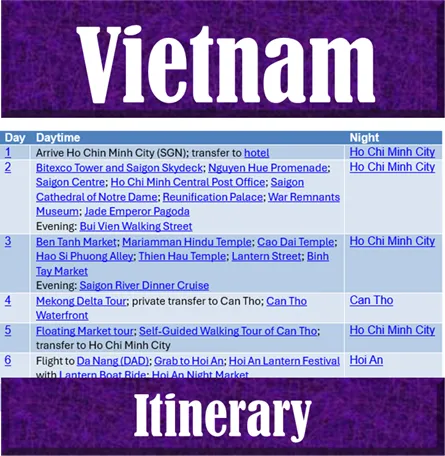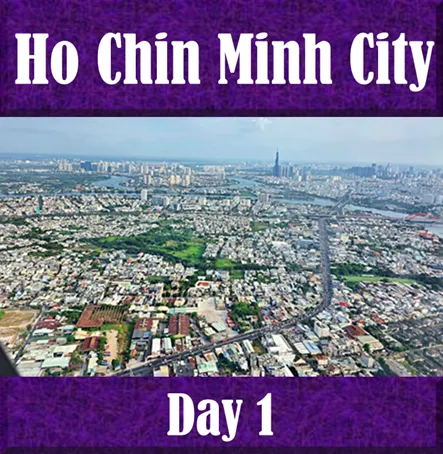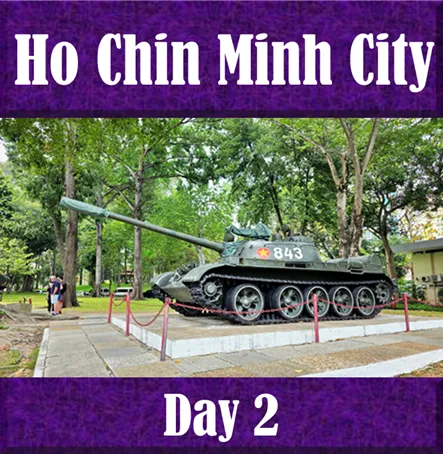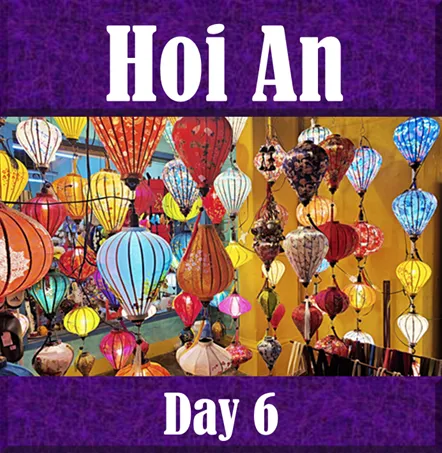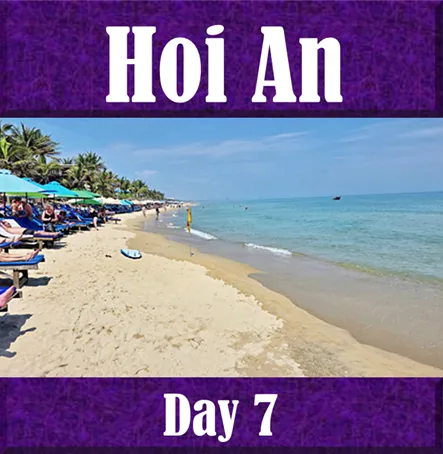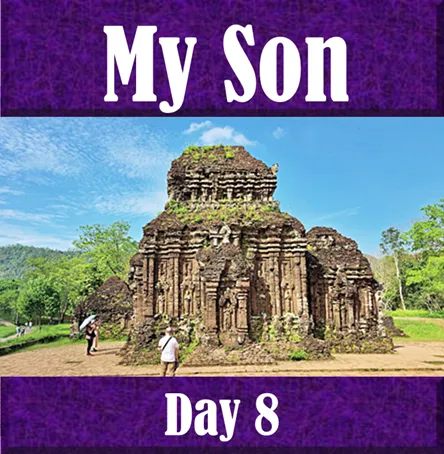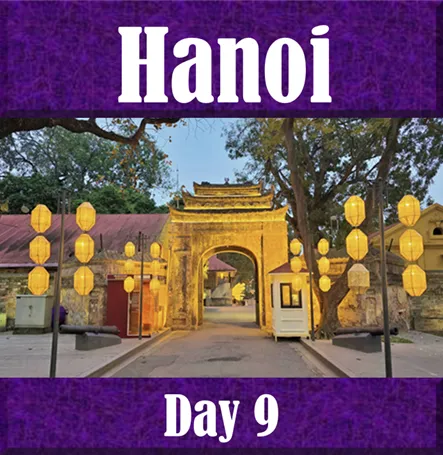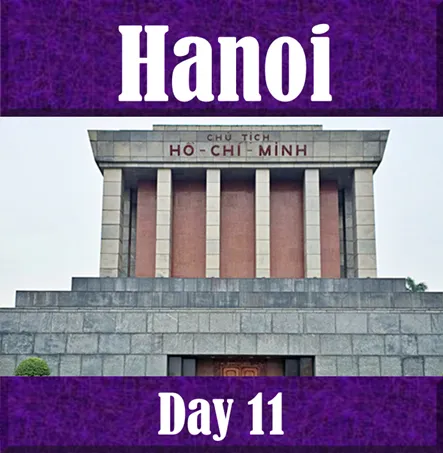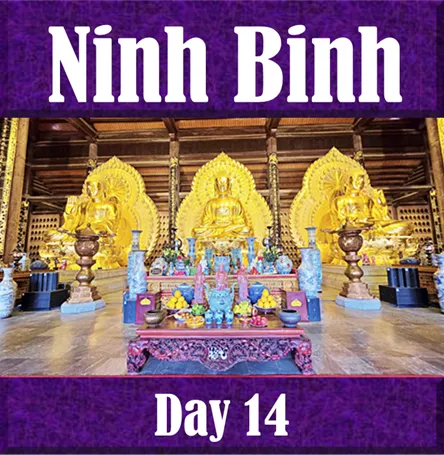Hainan Assembly Hall in Hoi An Guide: Architecture & The Tragic History | Vietnam Purple Travel Guide
(map, reviews)
This is Premium Content! To access it, please download our
Backpack and Snorkel Purple Travel GuideTo enter, you need to have purchased the Hoi An Ancient Town Ticket.
The Hainan Assembly Hall (or Hội Quán Hải Nam, and also known as Quỳnh Phủ Assembly Hall) is perhaps the most poignant and somber of Hoi An's Chinese assembly halls. While others were primarily dedicated to sea goddesses or generals, the Hai Nam Assembly Hall stands as a profound memorial, telling a powerful true story of tragedy, injustice, and ultimate honor. Its understated elegance and peaceful atmosphere offer a quiet place for reflection amidst the bustle of the Ancient Town.
History of Hai Nam Assembly Hall
The history of the Hai Nam Assembly Hall is inseparable from a single, tragic event, making its narrative distinct from the other merchant guildhalls in Hoi An.
The 108 Merchants Tragedy (1851): The core of the hall’s purpose is to commemorate 108 Chinese merchants from Hainan Island. In 1851, their ship was attacked by pirates. While the Hainanese merchants successfully fended off the attack, they were later tragically mistaken for pirates themselves by Vietnamese royal troops near the coast of Quảng Nam province and brutally executed.
The Quest for Justice: The Hainanese community, recognizing the injustice, continuously petitioned the Nguyễn Dynasty's court for their compatriots to be exonerated.
Royal Exoneration and Construction: Under the reign of Emperor Tự Đức, the victims were finally cleared of the false charges and officially recognized as martyrs. The Emperor bestowed upon them the title ‘Nghĩa Liệt Chiêu Ứng’ (Heroic and Righteous Illuminated and Responsive). This recognition allowed the Hainanese community to build a proper memorial.
Construction: Construction of the large hall structure we see today is commonly cited as being completed around 1875 or 1883. It was later restored in the mid-20th century.
Initially a social and spiritual hub, the hall’s primary and enduring function became the solemn memorial and worship of these 108 venerated ‘Hainan Brothers’, who are now regarded as patron saints of merchants, seafarers, and fishermen.
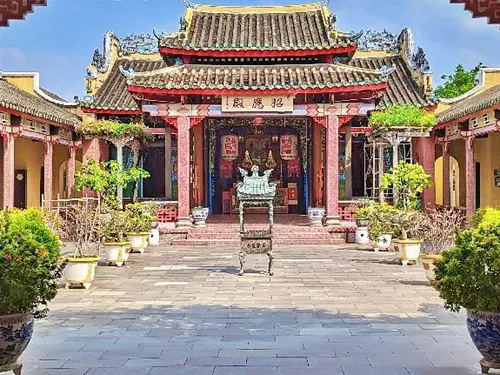
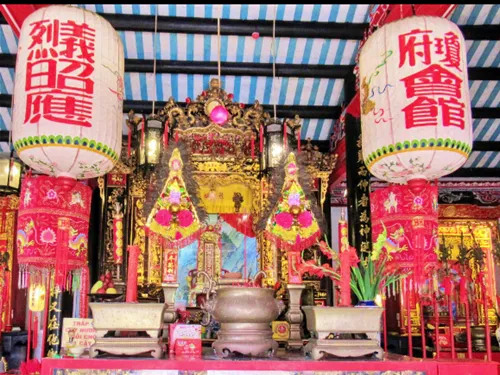
Architectural Highlights
The Hai Nam Assembly Hall exhibits the classic features of Southern Chinese religious architecture, yet with a relatively more reserved and solemn character compared to the flamboyant designs of some of its counterparts.
Courtyard Layout: Like other assembly halls, the structure follows a traditional layout: an ornate entrance gate leading to a front courtyard, the main worship hall, two side houses (east and west wings), and a spacious rear courtyard.
Colors and Walls: Look for the hall’s distinctive, calming architecture. Its pastel walls and detailed woodwork offer a serene contrast to the vibrant yellow of the Ancient Town’s shophouses.
The Main Altar: The central focus of the main hall is the altar, which is intricately carved with gold-gilded wooden sculptures. It depicts the Three Realms: Heaven, Earth, and Sea. This altar is where the 108 wooden spirit tablets, inscribed with the names of the honored merchants, are housed.
Murals and Artistry: Keep an eye out for detailed wall decorations and murals. You may find scenes depicting sea voyages, reflecting the merchants’ livelihood, or copies of famous Chinese paintings, such as the renowned "Along the River During the Qingming Festival," offering a fascinating look into traditional life.
Worship Spaces: The main hall is flanked by two side chambers: one dedicated to the God of Wealth (a nod to the merchants' profession and hopes for prosperity) and the other dedicated to the community’s Ancestors.
Cultural Significance
The Hai Nam Assembly Hall is more than just a beautiful building; it is a profound testament to community, justice, and the risks of ancient maritime trade.
A Memorial to Justice: Its very existence serves as a memorial to an injustice rectified by the highest authority. It represents the perseverance and strength of the Hainanese community in Hoi An.
A Community Anchor: For centuries, it has been the heart of the Hainanese community, providing a space for gatherings, trade support, and the preservation of cultural identity and ancestral ties.
Key Festivals: The hall remains an active place of worship. The most important ceremony takes place annually on the 15th day of the 6th Lunar Month, to commemorate the 108 martyrs. Observing a ceremony here offers a unique glimpse into the deep spiritual life of the local Chinese-Vietnamese community.
Syncretism: The hall is a living example of cultural blending, reflecting Southern Chinese architecture and belief systems integrated into the Vietnamese cultural landscape.
Practical Information
Opening Hours: 7:00am – 5:30pm daily
Entry: Included in the Hoi An Ancient Town ticket
Here at Backpack and Snorkel Travel Guides, we promote self-guided walking tours.
But we realize that not everybody likes to walk by themselves in a foreign city. So, just in case that you rather go with ab guide: NO PROBLEM! Please see the Viator tours below.
paid Viator tours
Where do you want to go now?
Author: Rudy at Backpack and Snorkel
Bio: Owner of Backpack and Snorkel Travel Guides. We create in-depth guides to help you plan unforgettable vacations around the world.
Other popular Purple Travel Guides you may be interested in:
Like this Backpack and Snorkel Purple Travel Guide? Pin these for later:





